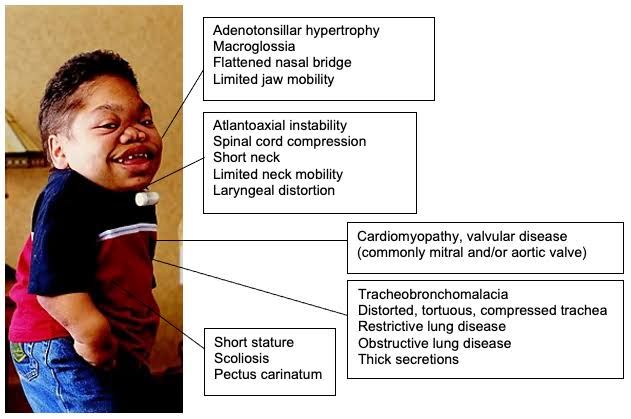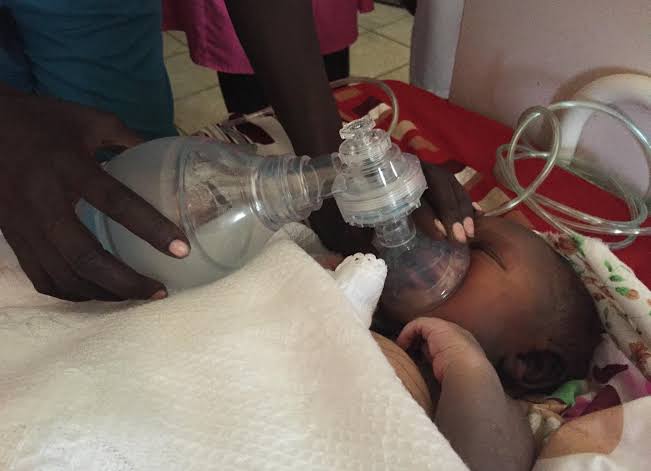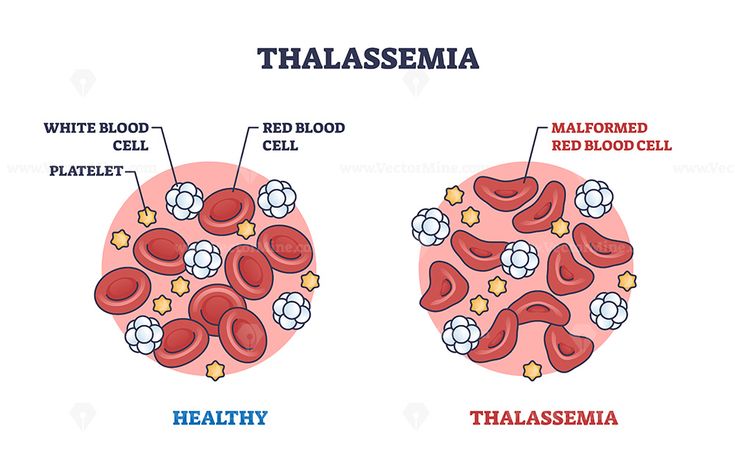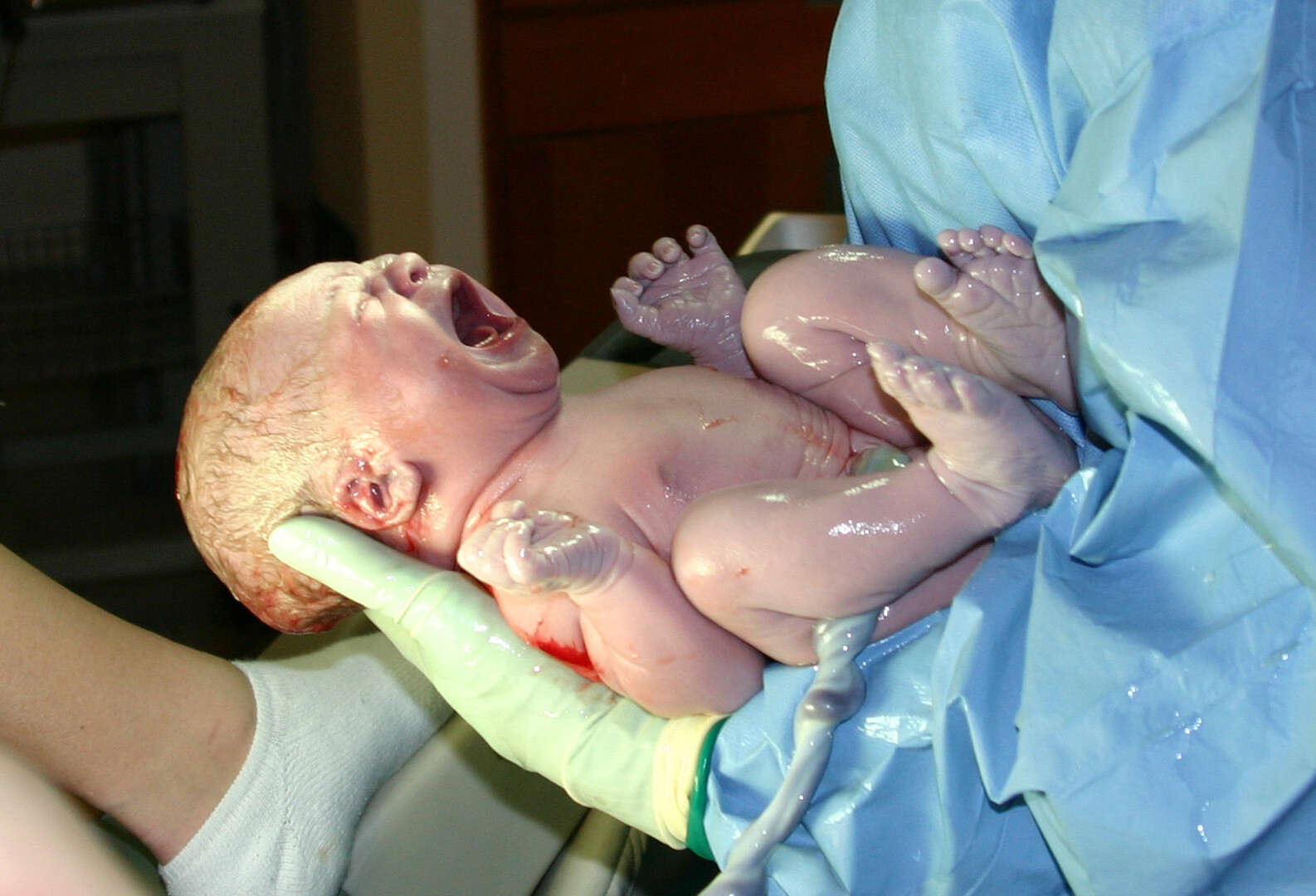
Mucopolysaccharidoses (MPS) are a group of rare, inherited lysosomal storage disorders characterized by the deficiency of specific enzymes required for the degradation of glycosaminoglycans (GAGs), formerly known as mucopolysaccharides. The progressive intracellular accumulation of undegraded GAGs (dermatan sulfate, heparan sulfate, keratan sulfate, chondroitin sulfate) in various tissues and organs leads to a wide spectrum of clinical manifestations, ranging from mild to severe, and typically progressive over time.
Core Pathophysiology and General Presentation
At the heart of all MPS disorders is the inability to properly break down GAGs within the lysosomes. GAGs are long, unbranched polysaccharides that are key components of the extracellular matrix, connective tissues, and cell surfaces. Their accumulation results in cellular dysfunction, organomegaly, and impaired tissue architecture. While specific clinical features vary significantly among the ten recognized types and numerous subtypes of MPS (MPS I, II, III, IV, VI, VII, IX), a common thread of multisystem involvement is observed.
Patients often present with a constellation of non-specific symptoms in infancy or early childhood, which gradually become more pronounced. These general features include:
- Skeletal Dysplasia (Dysostosis Multiplex): This is a hallmark feature, involving abnormal bone and cartilage development. Manifestations include short stature, coarsened bones, joint stiffness and contractures, particularly in the shoulders, hips, and knees, and spinal deformities (kyphosis, scoliosis, gibbus deformity).
- Coarse Facial Features: Progressive changes often lead to a characteristic “gargoylism” appearance, with thick lips, a broad nose, bushy eyebrows, and an enlarged tongue (macroglossia).
- Organomegaly: Hepatosplenomegaly (enlarged liver and spleen) is common due to GAG accumulation in reticuloendothelial cells.
- Neurological Involvement: This varies significantly by type but can include developmental delay, cognitive impairment, hydrocephalus, and spinal cord compression.
- Cardiovascular Manifestations: Valvular heart disease (thickening and dysfunction of heart valves), cardiomyopathy, and coronary artery disease are frequently observed.
- Respiratory Issues: Upper airway obstruction, sleep apnea, recurrent respiratory infections, and restrictive lung disease are common due to GAG deposition in airways and lung parenchyma.
- Ocular Abnormalities: Corneal clouding, retinal degeneration, and glaucoma are frequent visual impairments.
- Hearing Loss: A combination of conductive and sensorineural hearing loss is often present.
- Hernias: Umbilical and inguinal hernias are common due to connective tissue weakness.
Type-Specific Clinical Features
While the general features provide a framework, tailoring the clinical understanding to specific MPS types is crucial for diagnosis and management.
- MPS I (Hurler, Hurler-Scheie, Scheie Syndromes): Caused by α-L-iduronidase deficiency, MPS I presents on a spectrum. The severe Hurler syndrome (MPS I-H) is characterized by early onset (first year of life), rapid progression, severe cognitive impairment, marked skeletal dysplasia, severe cardiac disease, corneal clouding, and significant organomegaly, with death typically occurring by age 10 without treatment. Hurler-Scheie (MPS I-H/S) and Scheie (MPS I-S) syndromes represent attenuated forms, with later onset, slower progression, less severe or absent cognitive impairment, but still significant skeletal, cardiac, and ocular involvement.
- MPS II (Hunter Syndrome): An X-linked recessive disorder (iduronate-2-sulfatase deficiency), primarily affecting males. It is unique among the common MPS types for often lacking corneal clouding in its severe form. Features include coarse facial features, skeletal dysplasia, hepatosplenomegaly, central nervous system (CNS) involvement (severe in attenuated forms, less so in others), hearing loss, and characteristic skin lesions (“pebbled skin”).
- MPS III (Sanfilippo Syndrome): Caused by deficiencies in one of four distinct enzymes involved in heparan sulfate degradation. This type is predominantly characterized by profound and progressive neurological deterioration, leading to severe cognitive decline, behavioral problems (hyperactivity, aggression, sleep disturbances), and eventually a vegetative state. Systemic features are generally milder compared to other MPS types, with less severe skeletal dysplasia and organomegaly, and limited corneal clouding.
- MPS IV (Morquio Syndrome): Deficiency of either N-acetylgalactosamine-6-sulfatase (MPS IVA) or β-galactosidase (MPS IVB). Characterized by severe skeletal dysplasia (including platyspondyly, odontoid hypoplasia with atlantoaxial instability, genu valgum, and pectus carinatum), leading to short stature and significant orthopedic challenges. Intelligence is typically preserved. Corneal clouding and significant hearing loss are common.
- MPS VI (Maroteaux-Lamy Syndrome): Deficiency of N-acetylgalactosamine-4-sulfatase (arylsulfatase B). Similar to MPS I in severity of systemic involvement (skeletal dysplasia, cardiac disease, corneal clouding, hepatosplenomegaly) but typically with normal cognition. Spinal cord compression, particularly cervical, is a significant risk.
- MPS VII (Sly Syndrome): Deficiency of β-glucuronidase. Highly variable clinical presentation, ranging from hydrops fetalis with early neonatal death to milder forms resembling MPS I or II. Common features include skeletal dysplasia, hepatosplenomegaly, and corneal clouding. Cognitive impairment is variable.
- MPS IX (Hyaluronidase Deficiency): The rarest type, characterized by hyaluronidase deficiency and accumulation of hyaluronic acid. Primarily presents with periarticular soft-tissue masses and joint swelling. Systemic and neurological involvement are generally minimal.
Comprehensive Complications
The progressive nature of GAG accumulation leads to a myriad of debilitating complications that significantly impact quality of life and life expectancy. Understanding these complications is paramount for effective multidisciplinary management.
1. Skeletal and Connective Tissue Complications:
- Joint Contractures and Stiffness: Progressive GAG accumulation in joint capsules and ligaments leads to restricted range of motion, significantly impacting mobility and daily activities.
- Spinal Cord Compression: Particularly prevalent in MPS IV (atlantoaxial instability due to odontoid hypoplasia) and MPS VI (cervical spinal stenosis), but also seen in other types. This can cause neurological deficits, including weakness, spasticity, and paralysis.
- Kyphoscoliosis and Gibbus Deformity: Spinal curvature and hunchback deformities contribute to chronic pain, respiratory compromise, and neurological issues.
- Carpal Tunnel Syndrome: Compression of the median nerve at the wrist due to GAG infiltration of surrounding tissues, causing pain, numbness, and weakness in the hand.
- Hip Dysplasia and Avascular Necrosis: Abnormal hip development and potential compromise of blood supply to the femoral head.
2. Neurological Complications:
- Progressive Cognitive Decline and Developmental Regression: Especially prominent in MPS I-H, II (severe forms), and III, leading to loss of learned skills and severe intellectual disability.
- Communicating Hydrocephalus: Obstruction of CSF flow by GAG deposits in the meninges or arachnoid villi, leading to increased intracranial pressure, headaches, and exacerbation of cognitive decline.
- Seizures: Can occur in types with significant CNS involvement, particularly MPS III.
- Peripheral Neuropathy: GAG storage in nerve sheaths can lead to nerve damage, sensory disturbances, and weakness.
3. Cardiovascular Complications:
- Valvular Heart Disease: Progressive thickening and stiffening of heart valves, particularly the mitral and aortic valves, leading to stenosis (narrowing) and/or regurgitation (leakage). This can result in heart failure.
- Cardiomyopathy: Enlargement and weakening of the heart muscle, impairing its ability to pump blood effectively.
- Coronary Artery Disease: GAG deposition in coronary arteries can lead to narrowing and increased risk of myocardial ischemia or infarction.
- Hypertension: Can be a secondary complication.
4. Respiratory Complications:
- Upper Airway Obstruction: Due to macroglossia, thickened pharyngeal and laryngeal tissues, and tracheal narrowing/tracheomalacia, leading to noisy breathing, stridor, and severe sleep apnea.
- Restrictive Lung Disease: GAG accumulation in lung parenchyma and skeletal deformities limit lung expansion, leading to reduced lung volume and impaired gas exchange.
- Recurrent Respiratory Infections: Poor clearance of secretions, airway obstruction, and immune system dysfunction contribute to frequent infections, often leading to hospitalizations.
5. Ocular and Auditory Complications:
- Corneal Clouding: GAG accumulation in the cornea leads to progressive opacification, severely impairing vision and potentially causing blindness (except in many MPS II patients).
- Glaucoma: Increased intraocular pressure can damage the optic nerve.
- Retinal Degeneration and Optic Nerve Atrophy: Can lead to further vision loss.
- Hearing Loss: A combination of conductive (due to middle ear effusions and ossicle involvement) and sensorineural (due to GAG deposition in the cochlea and auditory nerve) hearing loss is typical, significantly impacting communication and development.
6. Gastrointestinal and Other Complications:
- Persistent Hepatosplenomegaly: Can lead to abdominal distension and discomfort.
- Umbilical and Inguinal Hernias: Due to weakened connective tissue, requiring surgical repair.
- Gastrointestinal Dysmotility: Chronic diarrhea or constipation due to GAG accumulation in the gut wall.
- Anesthetic Risks: Patients with MPS pose significant anesthetic challenges due to difficult airway management (tracheal narrowing, thick tongue, cervical instability), cardiovascular instability, and respiratory compromise.
- Growth Failure: Short stature is a common feature, often exacerbated by endocrine dysfunction in some cases.
Diagnostic Implications and Management Considerations
Recognizing the diverse and progressive clinical features and potential complications of MPS is crucial for early diagnosis. Suspicion based on the constellation of symptoms should prompt biochemical screening (urine GAG levels), followed by specific enzyme assays and genetic testing for definitive diagnosis.
Management of MPS is complex and multidisciplinary, focused on slowing disease progression, alleviating symptoms, and preventing complications. Therapeutic approaches include enzyme replacement therapy (ERT), hematopoietic stem cell transplantation (HSCT) for certain types, and emerging gene therapies. However, supportive care, including orthopedic interventions, respiratory support, cardiac monitoring, ophthalmological and audiological care, and neurological management, remains fundamental. Regular monitoring for the development and progression of complications is essential to optimize patient outcomes and improve their quality of life. The multifaceted nature of MPS mandates a coordinated care strategy to address the systemic challenges posed by these debilitating disorders.
References
- Neufeld, E. F., & Muenzer, J. (2001). The Mucopolysaccharidoses. In C. R. Scriver, A. L. Beaudet, W. S. Sly, & D. Valle (Eds.), The Metabolic and Molecular Bases of Inherited Disease (8th ed.). McGraw-Hill.
- Muenzer, J. (2011). Overview of the mucopolysaccharidoses. Rheumatology (Oxford), 50 Suppl 5, v4-v12. https://doi.org/10.1093/rheumatology/ker394
- Khan, S., Alméciga-Díaz, C. J., Sawamoto, K., Mackenzie, W. G., Theroux, M. C., Pizarro, C., Mason, R. W., Orii, T., & Tomatsu, S. (2017). Mucopolysaccharidosis IVA and glycosaminoglycans. Molecular Genetics and Metabolism, 120(1-2), 78–95. https://doi.org/10.1016/j.ymgme.2016.11.007
- Scarpa, M., Orchard, P. J., Schulz, A., Dickson, P. I., Haskins, M. E., Escolar, M. L., & Giugliani, R. (2019). Mucopolysaccharidosis type II: European recommendations for the diagnosis and multidisciplinary management of a rare disease. Orphanet Journal of Rare Diseases, 14(1), 137. https://doi.org/10.1186/s13023-019-1105-6
- National Organization for Rare Disorders (NORD). (2021). Mucopolysaccharidoses. https://rarediseases.org/rare-diseases/mucopolysaccharidoses/ (Provides a comprehensive patient and clinician-focused overview).







